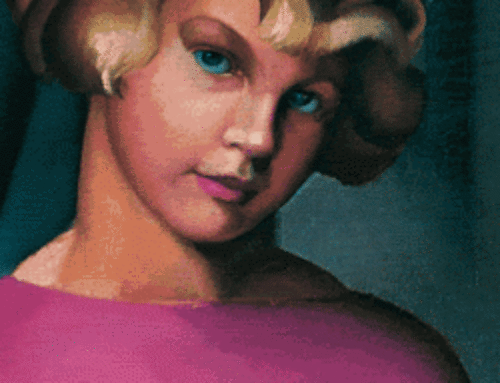Dear Friends,
Time for the outdoors! What could be timelier than an exhibition about soccer. On July 26th, the Ephraim Palais in Berlin is opening “Hauptstadtfussball,” celebrating the 125th anniversary of the Berlin soccer club Herta BSC and its local rivals. In this exhibition, you can find Fritz Ascher’s “Soccer Players” from c. 1916! It will be on view until January 8, 2018: link
Since the last newsletter, Wiebke Hölzer published two essays about Fritz Ascher, one in the Biographisch-Bibliografisches Kirchenlexikon (BBKL, vol. 38, Nordhausen 2017), and one called “Kunststück” examining his “Bajazzo” from 1924 in Weltkunst No. 129 from May 2017 (pp. 120-121).
And our most accomplished lawyer, the author Nicholas O’Donnell, a veteran attorney and litigation partner at the international law firm of Sullivan & Worcester LLP, has published the first comprehensive study of the legal battles in the United States over Nazi-looted art. A Tragic Fate puts in context the continuum from the Nazis’ first legislation against Jews to the legal principles that have determined the outcome of these ongoing court disputes. While some of those disputes have been resolved through negotiations, what about those cases where the parties do not agree?
This month, we are introducing the “artist of the month,” portraying an artist who has been persecuted, ostracized and/or banned by the Nazi terror regime, and is not well known to the public. His story is told on our Facebook page (@fritzaschersociety), and images of his work are published (almost) daily on Twitter (@Ascher_Society).
The “artist of the month” July is Rudi Lesser (Berlin, 1902-1988), whose 115th birthday would have been July 12. 1919-23 he studied at the School of the Artisan Museum with L. Bartning, at the Berlin Academy with Hans Meid, and in Königsberg with Klaus Richter. 1923-27 he illustrated books and worked at the famous Reinhardt stage. 1927-31 he was Hans Meid’s favorite student at the Berlin Academy.
In 1933, his studio was destroyed by the Nazis, and he emigrated to Denmark. 1937 his work was included in the infamous exhibition “Degenerate Art”.
In 1946-56 Lesser was in the USA, where he taught at the Howard University in Washington, D.C. Lesser returned to Berlin in 1956, and lived in Kreuzberg, where he died in 1988. Lesser’s graphic work got him early recognition. His teacher Hans Meid said 1930: “My master student Rudi Lesser is one of the most talented artists among the young German graphic artists.” Lesser’s portraits and other figurative work, as well as landscapes and cityscapes show his eye for social injustice, which was a lifelong passion. With at times biting humor, he created powerful works of expressive Realism. Right now, a catalogue raisonnee of Lesser’s prints and drawings is in the works, so if you own an artwork by Rudi Lesser, please contact us! Please follow our Twitter handle @Ascher_Society to see Rudi Lesser’s early work throughout the month of July.

Rudi Lesser, Spring, 1921. Drypoint. Private collection
And please mark your calendar: “‘Beauteous Strivings.’ Fritz Ascher – Works on Paper” will show mature landscapes on paper at the New York Studio School October 23 – December 3, 2017. Karen Wilkin is the curator of the exhibition: http://www.nyss.org/exhibitions/fritz-ascher/.
Have a joyous summer!
Cheers,
Rachel Stern, Director and CEO











